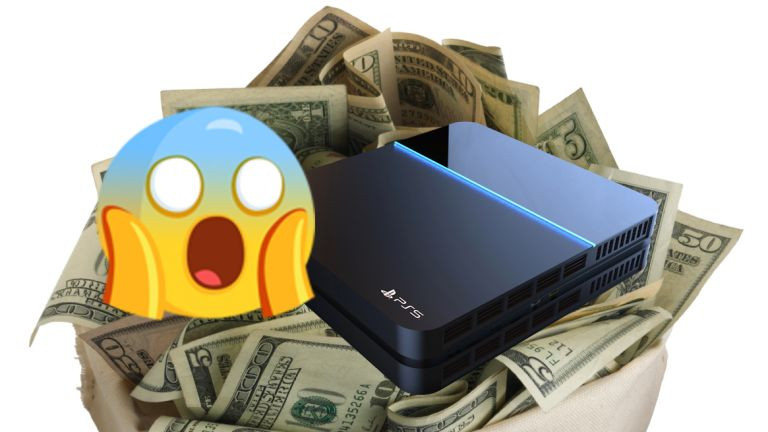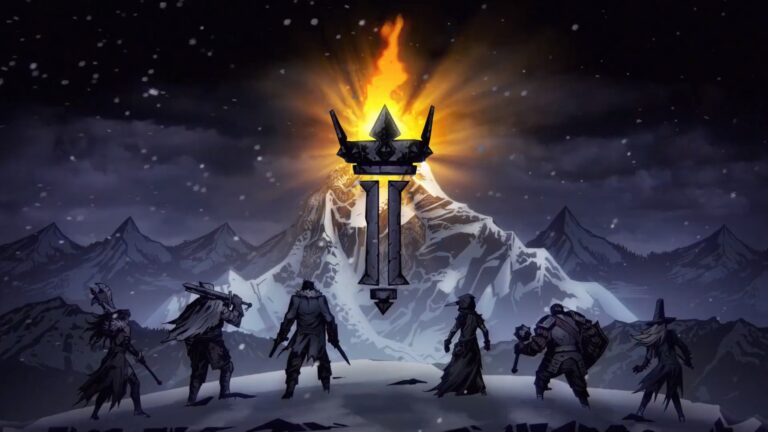Sony’s Rocky Road Ahead
2020 is shaping up to be a big year for gaming. On top of highly anticipated titles such as Doom Eternal, Cyberpunk 2077, and Final Fantasy VII Remake, the next generation of consoles is right around the corner. Slated for a holiday 2020 release, the PlayStation 5 and Xbox Series X both plan on taking gaming to new heights, each console boasting and trying to outdo the other. However, the PlayStation 5 may have dug itself into a hole that may be hard to overcome
Selling at a Loss
In a recent hardware report, the PS5 was reported to cost around $450 to produce, leaving Sony with a bit of a pricing dilemma on their hands. Making the console cost $470 would return a profit per unit, but—according Macquarie Capital analyst Damian Thong—would be a “hard sell on consumers” when held in comparison to Sony’s current most expensive console, the $399 PS4 Pro. Sony may have to sell the PS5 at a loss, if it wants to simultaneously satisfy its customer base and compete with Xbox on the price front.
Sony typically finalizes a console’s price by February of the launch year, followed by the mass production of console units in later months. This time around, however, Sony remains silent, waiting for Microsoft to make a move.
Microsoft has remained tight-lipped on the matter of unit pricing and retail costs.
Selling consoles at a loss is nothing new for the video game industry, including Sony. At launch, the PlayStation 3 and 4 were both sold at a loss, despite the costs of each unit. Each PlayStation 3 cost over $840 due to the expensive hardware. Selling the console for its exact price would have spelled sales trouble for Sony. So, the company sold the PS3 at a marked down price of $499 and $599, resulting in a loss of over $240 per 60 GB unit and $300 per 20 GB unit.
These pricings resulted in a loss of $3.5 billion for Sony throughout 2007 and 2008. The lack of compelling software and high price tag were not doing the console any favors.
The losses that came about from the PS4 were much less extreme, expected to be about $60 per unit at launch, with the finalized price being $399. Compared to how much Sony was losing previously with the PS3, this was a welcome change. It also helped that Sony’s competing console, the Xbox One, was more expensive than the PS4 at launch, costing over $100 more.
This was not the case for the PS3. The Xbox 360 at launch cost $399 for the Premium and $299 for the “Xbox 360 Core.” Compared to the $499 and $599 price tag on the cheaper and more expensive versions of the PS3, the Xbox 360 was significantly less expensive, a near $200 difference for each version of the console.
Despite this setback, the PS3 managed to outsell the Xbox 360, albeit barely, in overall lifetime sales. The PS3 has sold over 87 million units worldwide with the Xbox 360 trailing not too far behind at over 84 million. However, the difference is much more significant when comparing the PS4 and Xbox One.
The PS4, despite its losses, went on to become Sony’s second best-selling console of all time, right behind the PS2. At over 108.9 million units old, the PS4 blew the Xbox One completely out of the water, the latter console barely reaching 47 million unit sales, a significant dip compared to the sales of the Xbox 360.
It is important to note the price difference of the consoles at launch. Similar to the PS3 versus Xbox 360 situation, one of the consoles cost $100 more than its competitor. However, in 2013, the roles were reversed, with Sony offering a cheaper console compared to Microsoft. Because of the cheaper pricing and Sony’s ability to capitalize on Microsoft’s mistakes, the PS4 emerged victorious in the console war of its era.
However, in the upcoming ninth generation of video game consoles, drawing the victor is not so clear cut.
Console Offerings
Until the eighth generation, video game consoles all boasted different strengths and capabilities. The PlayStation consoles of the era always boasted superior visuals to the Xbox’s own offerings. However, that line is starting to blur as the gaming industry heads into the new generation.
Both the Xbox Series X and PlayStation 5 boast 8K visuals and gaming at a frame rate of 120FPS for the best visual presentation possible, solid state drives and GDDR6 memory which drastically reduces—or even eliminates—loading times so gamers can always be in the action without having to wait, and backwards compatibility so owners can play any game from previous consoles without the need to boot older titles on outdated systems.
Based on the stats and specs the internet already knows, the Xbox Series X and the PlayStation 5 are remarkably similar, aside from brand name and negligible hardware differences. It almost feels as though they are the same console with a different shell.
However, the tipping point for both consoles will not be hardware alone. Sony and Microsoft both have exclusive game titles and console subscription services, which are instrumental in swaying gamers into siding with either console.
Microsoft has accomplished more on this front due to their marketing of the Xbox Series X during the 2019 Video Game Awards, showcasing the strong arsenal Microsoft has in store for the upcoming system. Sony remains tight-lipped on anything PlayStation related.
If Sony wants to compete with Microsoft amid the pricing debacle, the company’s first step should be to advertise in the same vein as their competitor has been doing with console exclusives. Just as how exclusives and services made up for the losses of the PS3 and PS4, perhaps they can also be the light for the PS5’s rocky road ahead.
No related posts.






